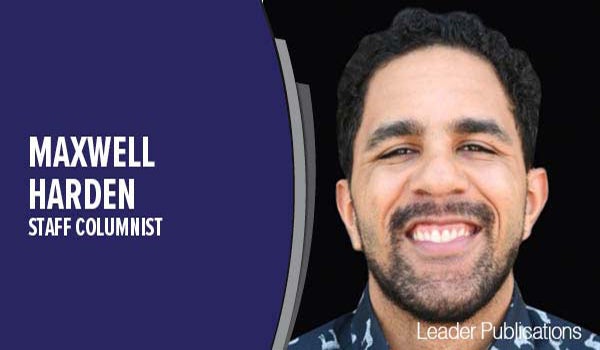No quick fix for violent culture
Published 9:48 am Thursday, January 31, 2013
Despite tragedies such as Newtown and Aurora, and politicians scrambling to appear responsive, the rate of gun murder is at its lowest ebb since 1981.
As of 2009, there were more guns in the United States than people, including 114 million handguns, 110 million rifles and 86 million shotguns.
There has been no major gun-control effort since the Senate in August 1994 enacted a 10-year ban on sales of some semi-automatics and imposing background checks for gun purchasers through almost 130,000 licensed dealers. The ban expired in 2004.
Conversations to come should transcend the National Rifle Association (NRA), whose intransigence can be attributed to its mutually profitable alliance with the $11.7 billion weapons industry.
We must examine our addiction to violent entertainment, from Hollywood to video games. New York this month began requiring mental health professionals to notify police when patients threaten violence.
We don’t understand why civilians need assault weapons or high-capacity magazines, but sportsmen say these limits are “feel-good” proposals.
Shooters at Virginia Tech, Tucson, Aurora and Newtown used magazines holding more than 10 rounds for rapid, uninterrupted fire, but sportsmen at Dowagiac Conservation Club’s 16th annual Hunter’s Rendezvous showed us how quickly lower-capacity clips can be swapped.
Universal background checks seemed to offer some common ground.
Forty percent of gun transactions are handled privately, exempt from checks required for sales through dealers. Shooters, more often than not, lack criminal records, so they might not be deterred.
Suspicion President Obama is bent on destroying Second Amendment protections for law-abiding citizens is palpable, if perplexing. Is that the Obama who expanded gun rights to national parks and to checked baggage on Amtrak trains?
A cowed Congress must be convinced the public is more powerful than the NRA.
The other side of the story has largely been suppressed.
For a decade, the Bureau of Alcohol, Tobacco and Firearms has been forbidden from spending any money to share data it collects about what guns are used in crimes with the public or Congress.
“The NRA is only powerful if you and I let them be powerful,” New York Mayor Michael Bloomberg said. He and others, such as astronaut Mark Kelly, husband of former Rep. Gabby Gifford, shot in the brain in Arizona in 2011, are going to fund a more balanced narrative.
While many Americans ponder these issues until each heartbreaking episode fades, the NRA never sleeps. It spent $20 million in the 2012 election cycle and guns weren’t even at issue. The NRA quickly added a quarter-million new members in the wake of Sandy Hook. More Americans agree with its positions than disagree.
Of the half of people with guns in their homes, a majority feel the government is trying to strip them of firearms. NRA members are more moderate than their leadership; 75 percent in a May poll favored background checks.
The Citizens United decision lets it function like a Super PAC. It succeeded in its quest for a federal bill immunizing the industry from liability in 2005.
Eleven of the top 15 gun makers offer a variation of the AR-15, which can be lucratively accessorized.
The NRA has been championing conceal-and-carry and stand-your-ground laws which boost gun sales for an industry aiming at women and children as growth areas for future profits.
Despite lip service to liberty, today’s gun culture is very much about money.



